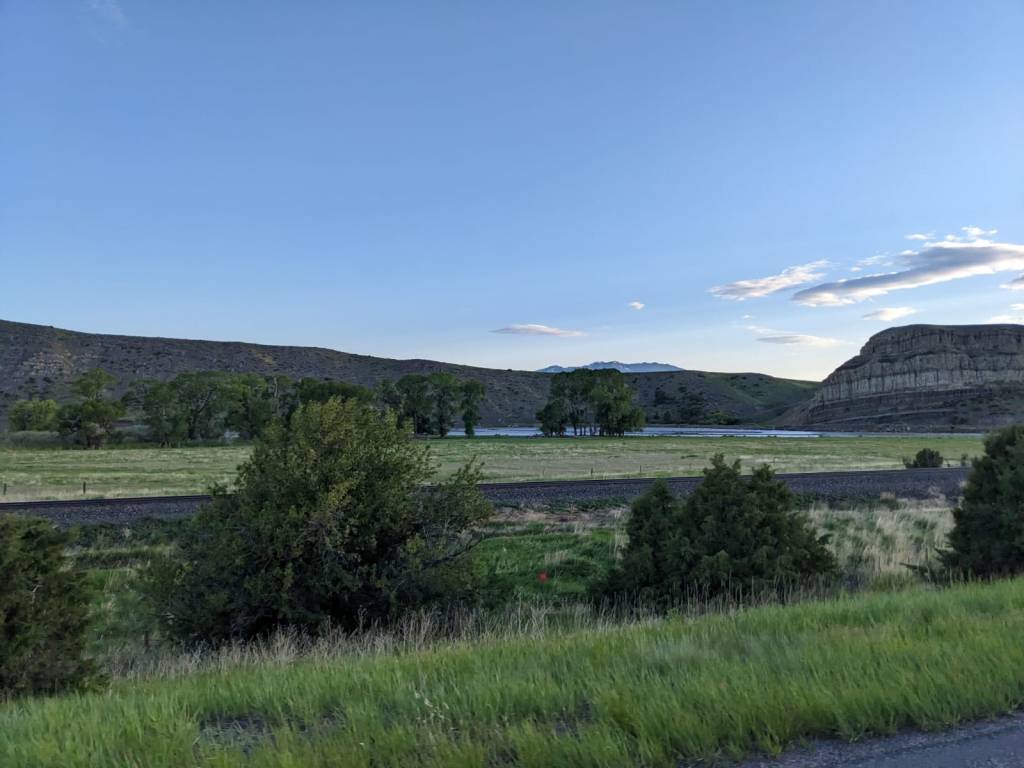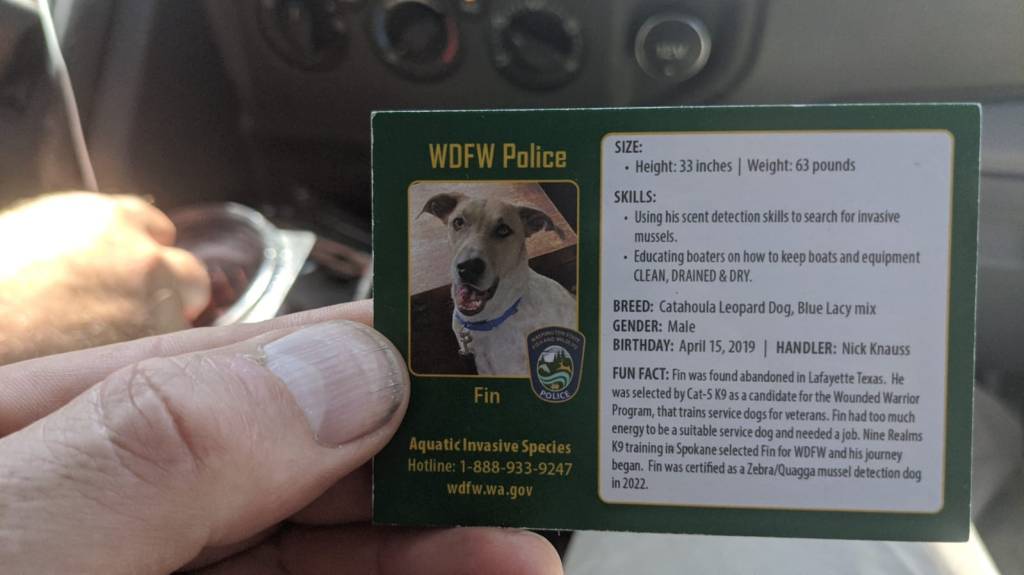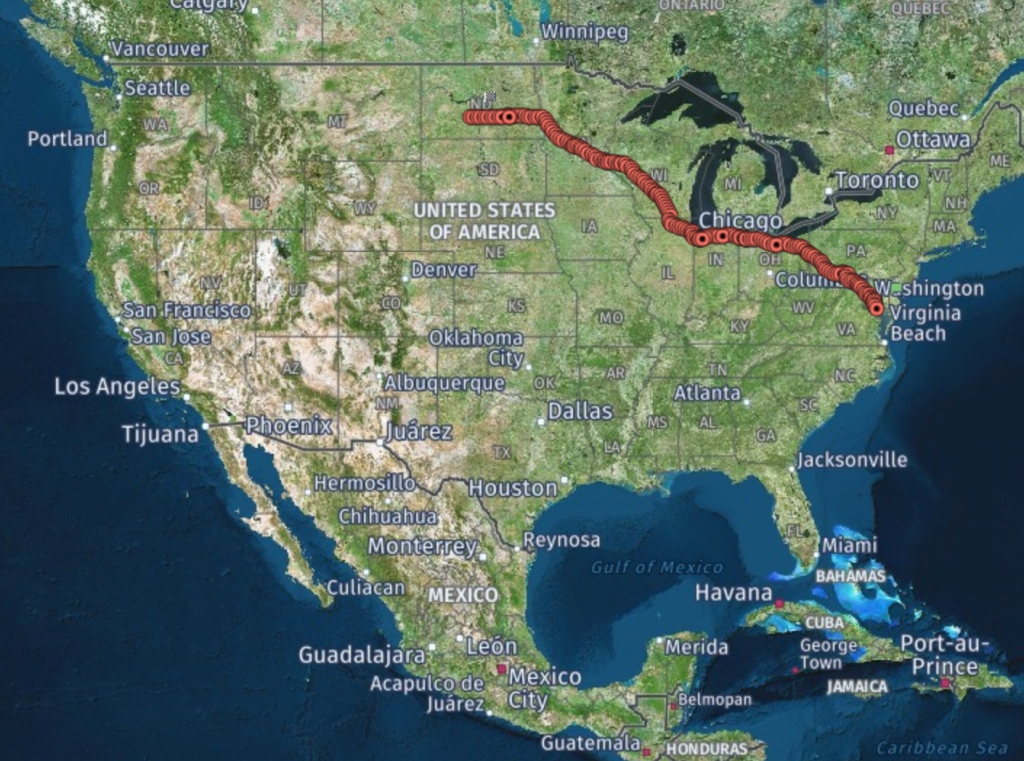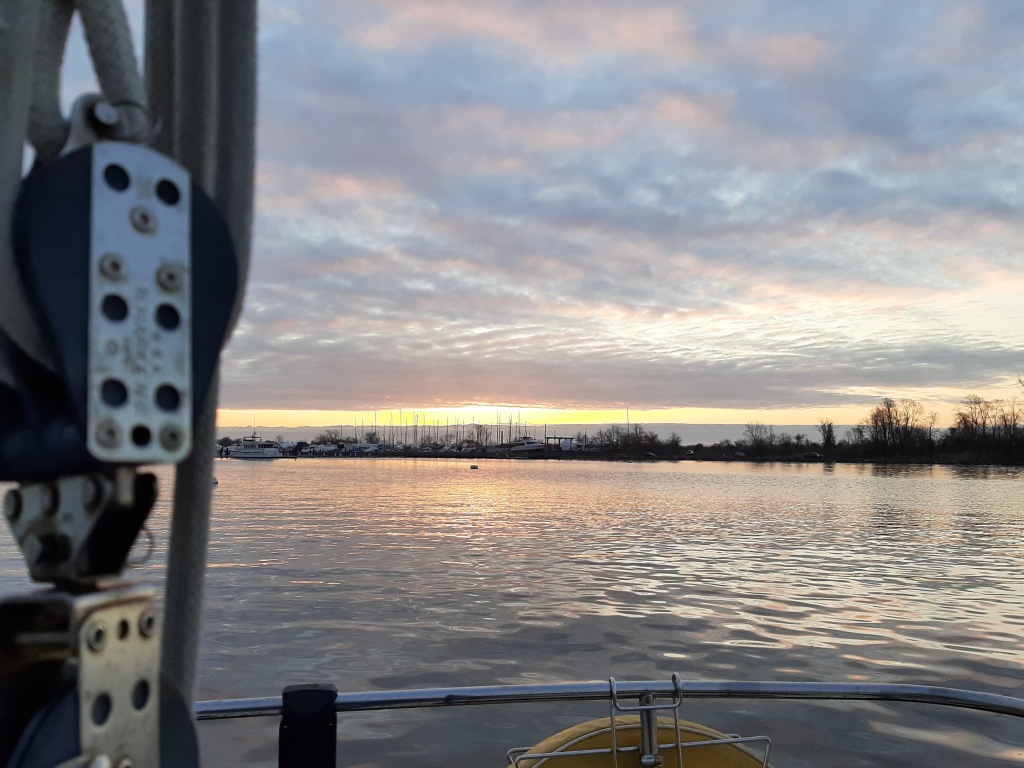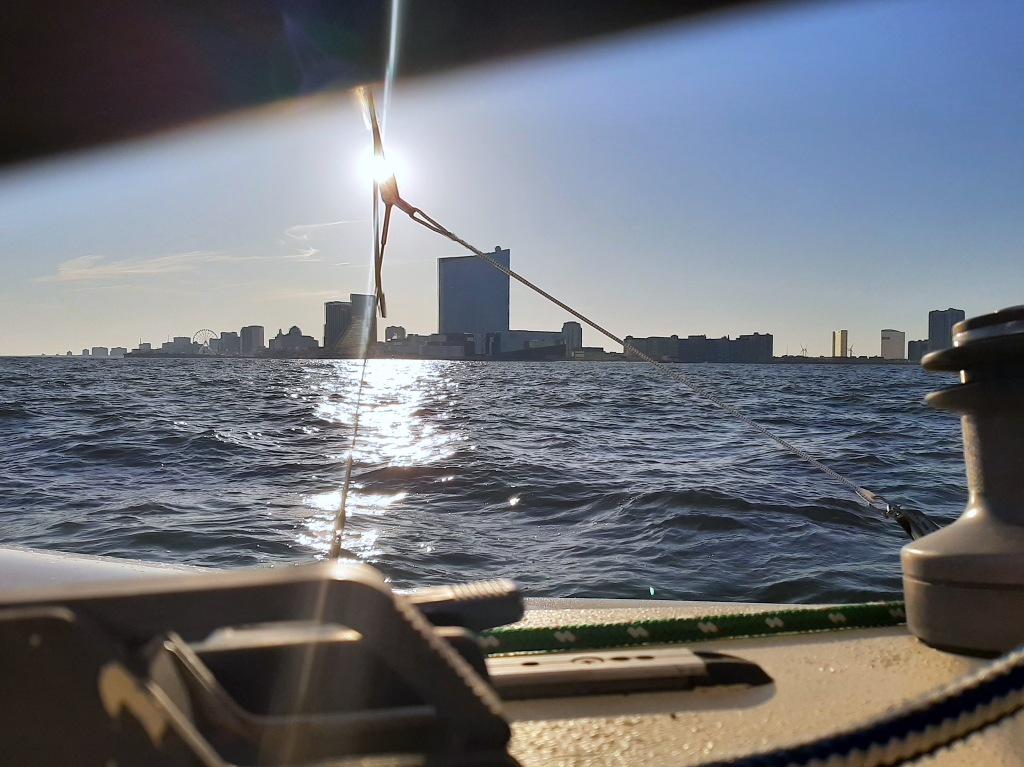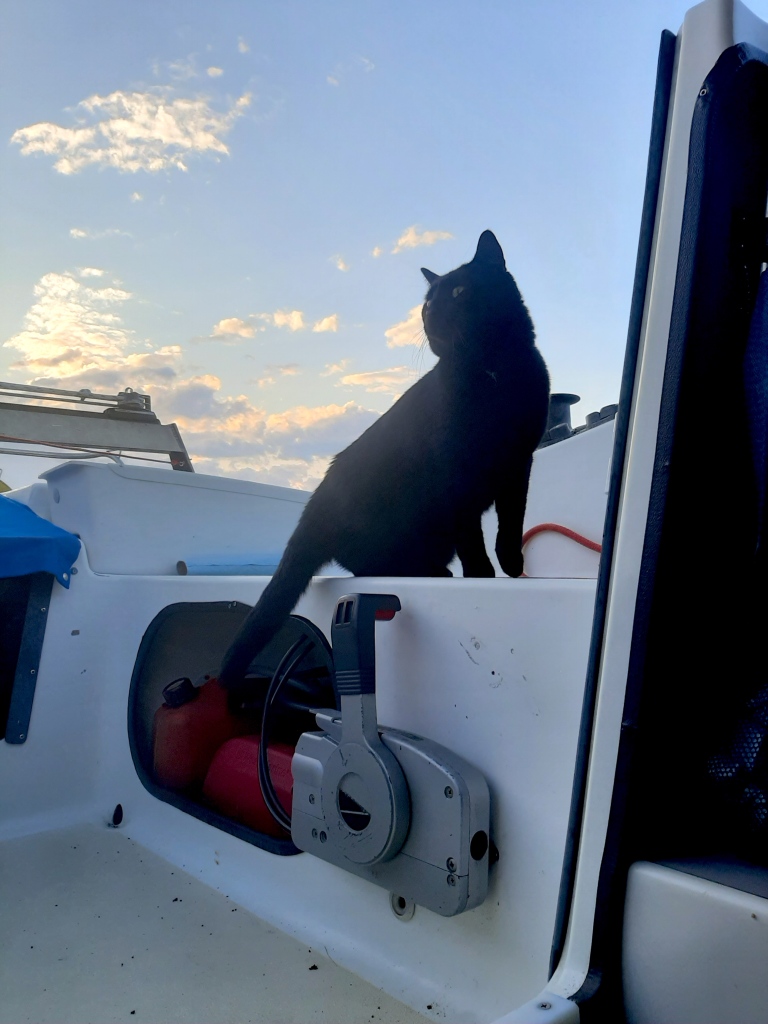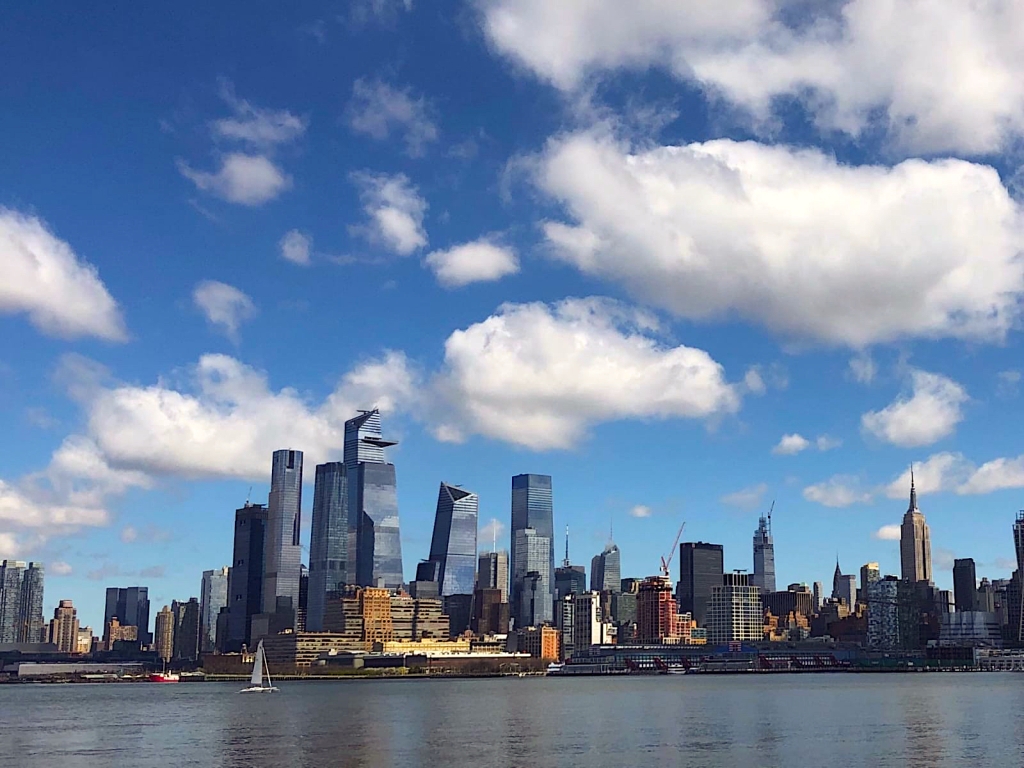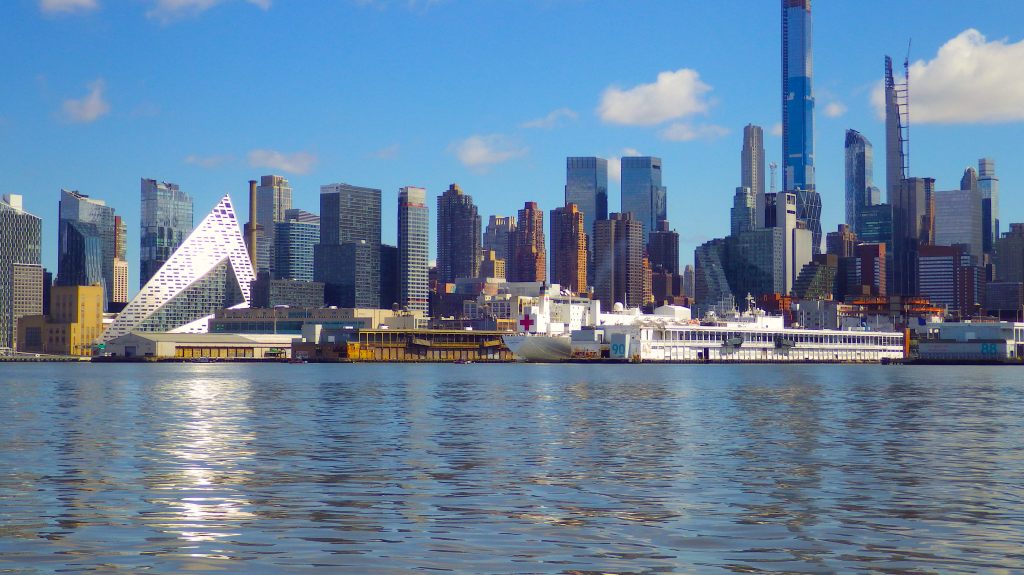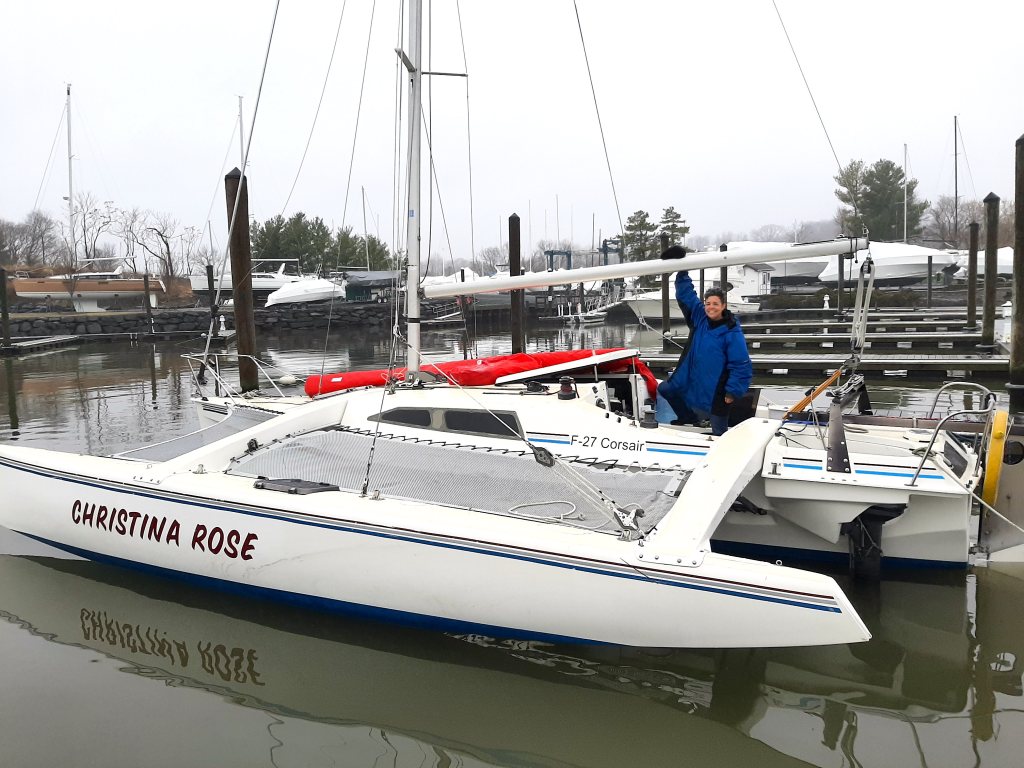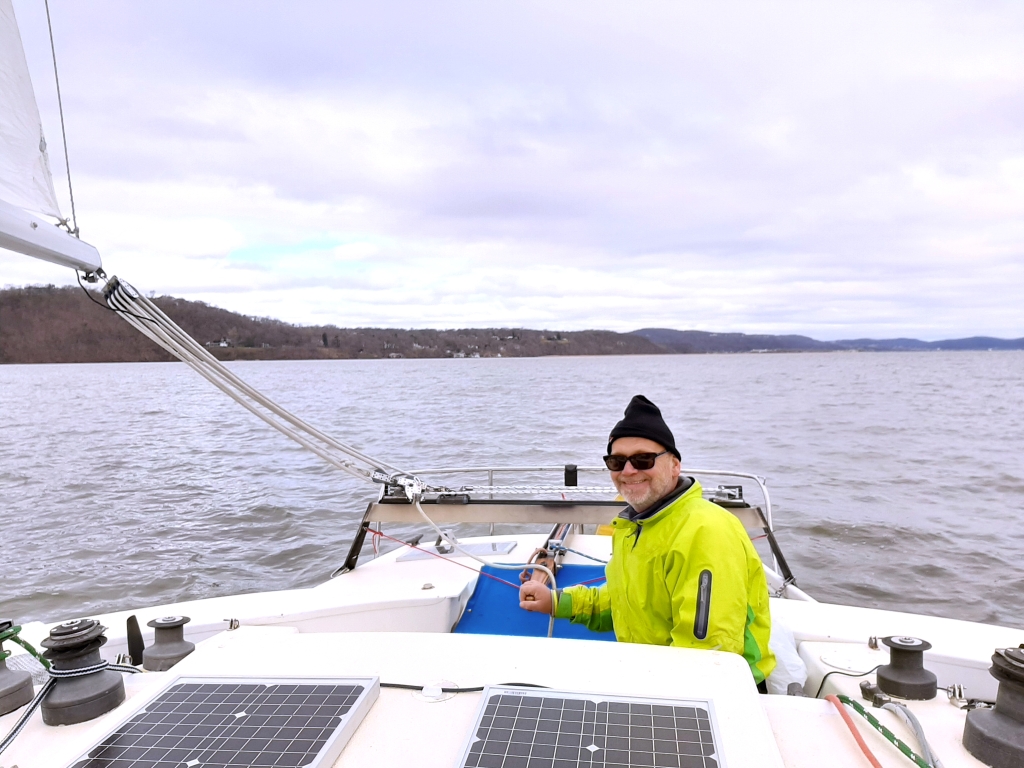
Wooden house in North Carolina
By Johna Till Johnson
Country roads, take me home
To the place I belong…
—John Denver
It was almost as if my apps were in collusion to bring me home.
It started when I turned on the Pandora station in the car last spring.
The trip ahead was long: 1200 miles, from New York to Florida, where I hoped to pick up my boat and spend a few days camping and paddling. Music would keep me from getting bored.
The Pandora algorithm isn’t complex—in fact, I could probably write the code myself. The app starts by playing the music you’ve asked for (a particular artist or genre). Then for maybe 10% of the songs, it gradually inserts other artists that are “sort of like” the artist you selected. As you indicate your likes and dislikes of the material by clicking the thumbs up/thumbs down button, it adjusts the selection it plays.
So after a while, the station reflects your favorites.
I’d expected that.
What I hadn’t expected was the way the algorithm had mixed favorites from all different times of my life, creating a kaleidoscope of memories as I drove.
While the endless gray-and-green strips of landscape unfurled outside the car, references and long-forgotten images flashed through my brain.
There was the song I played repeatedly when I went out running on the hot autumn nights in Texas when my father lay dying.
Then there was the song I associated with falling in love with Vlad. And the song that comforted me in the shattered weeks after his death.
But there were songs from earlier times, as well.
Songs from the time, years past, that I played on the car radio during my late-night and early-morning commute between New York and Connecticut to my job as a hotshot technology executive at an engineering company…
Songs from my arrival in New York, years earlier, with ripped jeans and a meager budget, in the time when I still skateboarded in Union Square, and a female skateboarder was still a novelty: “Look! It’s a chick skater!” someone yelled once…
And songs from the years before that, in Florida. As the wife of a young professor, a freelance writer, and a new homeowner, I lived out a kind of delayed adolescence, hanging out with a group of bright underachieving perennial undergraduates at punk clubs and science fiction conventions…
There were the songs I listened to at those clubs, and also the songs I played on my headphones in those years as I ran, lithe and tan, near my house on the trail through the green-and-grey Florida woods (since paved over for a shopping mall).
And farther back still, during my college and graduate school years, the songs I listened to on an aging boom box, songs that were simultaneously upbeat and cynical, or preternaturally moody and depressed.
Yes, I was prepared for the mix of favorites—but I wasn’t quite prepared for the memories they’d summon.
And it wasn’t just Pandora. Google Maps appeared to be in on the plot, because for some reason, it ingeniously routed me past nearly every place I’d ever lived in the continental US.
Yes, it helps that many of the places I’d lived were along the I-95 corridor. But Google went out of its way to take me right by former homes. Instead of zooming down the relatively straight line between Baltimore (where I’d lived for my college years) and Richmond, for instance, it took me on the spur towards Annapolis, where I’d lived between the years of eight and 11.
And then past the suburban Maryland enclave, where a few years later, I’d spent time as a surly, sullen adolescent. (Apparently my parents didn’t understand me. What a surprise! )
There was also the Virginia suburb where I lived as a very young child, and the exit where my then-husband and I had lived for one of the summers he worked at NASA.
Over the hours, I realized again and again how many places I called “home”.
It got to be almost a joke: I’d get out of the car somewhere—say the rest stop just outside Baltimore where I’d stopped on trips to, from, and past that city—breathe deeply, and say out loud: “I’m home!”
And I really meant it. I was home. These were all the places I’d lived, to which my memories were attached.
Those of us—like me and like Vlad—who have lived in many places don’t have the same experience of those who have grown up in a single place, imbued and invested with all our emotions and memories.
Yes, Vlad spoke of his home in Prague—which I visited (sadly, solo) the year before his death.
But he’d left there at the age of ten, and between then and when I’d met him in New York, “home” for him had been Libya, Iraq, Scotland, London, Heidelberg, San Diego, and Los Angeles.
Just as for me there had been California, South Carolina, Hawaii, Virginia, Maryland, Rochester, New Jersey, Florida, and New York City—not to mention Norway and Italy.
I can close my eyes and summon all the “homes” where I’ve lived: The garden in Naples. The terrace in Rome. The dark trees by the house in Oslo. The majestic four-story white house on the grounds of the Naval Academy in Annapolis.
And on this trip, it seemed like the Universe was working to visit almost all of them, through memory and proximity.
The place I was traveling to—St Petersburg, Florida—was also home. Although I’ve never lived there, one of my boats now does. And it had served as the center of my kayaking existence outside New York for nearly a decade.
It was there that, much to my surprise, I managed to pass the challenging British Canoe Union (BCU) test to become a three-star paddler, as part of the Sweetwater Kayak symposium.
And it was there that served as the launch point for the Everglades Challenge Vlad and I completed in 2014, and for which we conducted multiple “shakedown” (practice) trips. Not by pure coincidence, it was also there that my company had elected to hold its annual conference for the past several years.
So when I arrived at long last at Fort De Soto campground, I stepped out of the car, took a deep breath and said (once again): “Ahh. I’m home!”
And then I had to smile at the number of times I’d said that on this trip.

